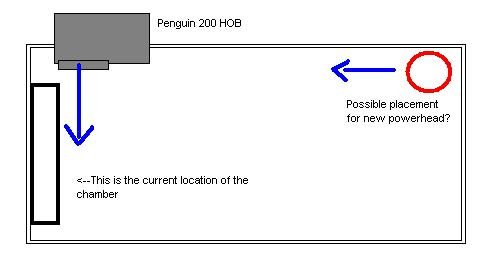u2_Crazy
Aquarium Advice Activist
OK, So I have been reading endlessly about CO2 injection this week trying to come up with the best method for my tank. This is what I am currently doing:
I have a 29gal with 55W PC lights. I have a DIY sugar Yeast set up with a 3 liter and 2 liter bottle. I am replacing 1 bottle every 2 weeks hoping to keep a steady flow. I am currently collecting the CO2 into a Jungle Labs Fizz Factory chamber that is mounted on the side of the tank right next to the output of my Penguin 200 Filter. Since adding the second bottle, the chamber is always full of co2 and then bubbles over, so I am wasting some. I don't have any current readings of how much co2 I have, but it was around 15ppm.
Now I have read about running the bubbles right into the impeller on my HOB but I don't like that idea a whole lot, so I read about this CO2 mist method. From what I understand, I am too purchase a power head and pipe my co2 through the powerhead. Can anyone get into more detail on this method?
If I do add a powerhead, where should it be placed and which direction should I direct the current? Here is a diagram of where I suspect would be the best location.
Thanks

I have a 29gal with 55W PC lights. I have a DIY sugar Yeast set up with a 3 liter and 2 liter bottle. I am replacing 1 bottle every 2 weeks hoping to keep a steady flow. I am currently collecting the CO2 into a Jungle Labs Fizz Factory chamber that is mounted on the side of the tank right next to the output of my Penguin 200 Filter. Since adding the second bottle, the chamber is always full of co2 and then bubbles over, so I am wasting some. I don't have any current readings of how much co2 I have, but it was around 15ppm.
Now I have read about running the bubbles right into the impeller on my HOB but I don't like that idea a whole lot, so I read about this CO2 mist method. From what I understand, I am too purchase a power head and pipe my co2 through the powerhead. Can anyone get into more detail on this method?
If I do add a powerhead, where should it be placed and which direction should I direct the current? Here is a diagram of where I suspect would be the best location.
Thanks

